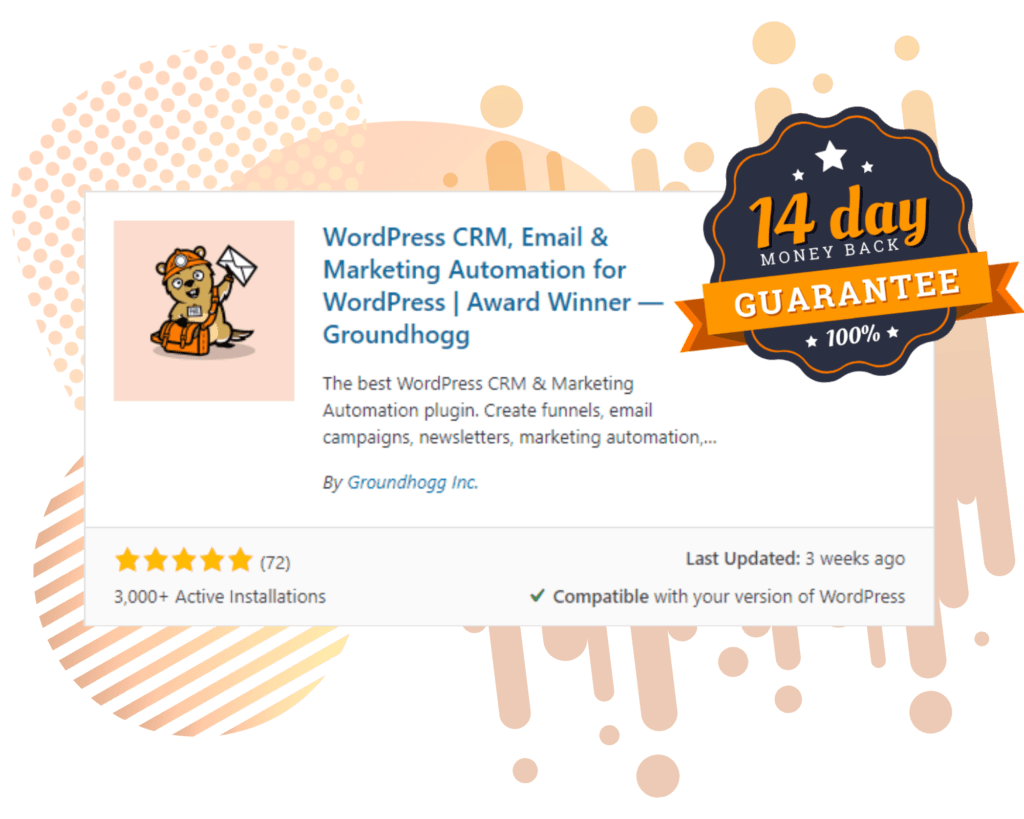The performance of your email marketing campaign depends on several factors. One of them is how well you utilize two types of email —transactional email and marketing email.
It is common to find both terms used interchangeably. While they have a few similarities, they have different functions and uses, and depending on where your business is located can only be used with specific consent.
Knowing the difference between them will help you utilize them optimally, and also avoid potential legal issues.
First things first, let’s define the two email types.
Marketing Email
Any email containing promotional and marketing content intended for commercial purposes is a marketing email. They are sometimes called commercial emails. Marketing emails are sent to a group of customers or prospective leads who have opted-in through a form, popup, or other lead generation method.
The purpose of marketing emails is to persuade recipients to take actions that lead to a sale or conversion. It could be to make a purchase, sign up for an upcoming webinar, etc.
If your email contains any of the following phrases, it’s most likely a marketing email.
- “Claim your discount!”
- “Sign up for _____________”
- “Last chance to buy ____________”
- “Check out this new ____________!”
- Etc…
When is it okay to send marketing email?
Depending on where your business is located, marketing email can only be sent under specific circumstances.
For example in Canada, the CASL legislation prohibits companies from sending unsolicited email to Canadian citizens without their consent. In order to obtain consent companies must collect explicit consent which is usually done through the “double opt-in” method.
Companies must abide by GDPR if they market to European citizens. GDPR also requires explicit consent and mandates other terms such as, “the right to be forgotten,” and providing easy access to customers’ data upon request.
In both of these cases, if you send unsolicited marketing emails to recipients in these areas, you could be subject to legal action by local governments on behalf of citizens.
These can be easily avoided of course! Easy ways to avoid this potential issue:
- Make it easy to unsubscribe
- Only send emails to contacts that have given explicit consent
- Do not buy or download lists from unauthenticated sources that have also not obtained explicit consent
If compliance is a concern, Gorundhogg provides easy-to-implement tools to obtain explicit consent for both CASL and GDPR.
Transactional Email
Transactional emails are sent based on an already existing transaction initiated by the recipient. They are triggered by the actions of individual users. In other words, they are one-to-one emails that contain unique information about such users for the purposes of fulfilling a pre-existing obligation.
An example is an email sent by an E-commerce shop containing the details of a completed purchase— it will typically include the item, amount paid, and details for shipping.
Other examples of transactional emails include:
- Order Confirmations
- Password recovery
- Email receipts
- Update notification
Marketing emails Vs. Transactional emails
1. Subject Lines
As already established, marketing emails are persuasive and structured to encourage the recipient to take specific actions. The subject lines of these emails are usually catchy and very engaging. The goal with these catchy subject lines is to draw in the recipients.
Transactional emails are not intended to persuade the recipients. Their subject lines are usually plain and simple. Since the email contains details of an ongoing transaction, it is in the recipient’s best interest to open it.
2. Automation
The automation process for marketing emails and transactional emails is different.
Marketing emails are sent through time-based automation. They are usually pre-programmed and delivered on specific dates and times to a list of recipients.
In contrast, transactional emails are delivered through behavior-based automation. In other words, they are triggered by the user’s behavior on a website or funnel.
3. Call To Action
Both of these emails usually contain a call to action, however, the intent is different.
The call to action in a transactional email is to fulfill an obligation on behalf of the business, delivering a product or enabling the subscriber to continue/complete their customer journey.
In marketing emails, the call to action is promoting the subscriber to begin a new customer journey.
Importance of separating marketing emails from transactional emails
An email marketing campaign is most times a combination of marketing and transactional emails. Without a proper automation system, your entire campaign can be jumbled up and disorganized. Having a system for separating marketing emails from transactional emails is important for the following reasons:
1. Legal compliance
Different countries have unique laws containing DOs and DON’Ts for email marketing. Separating marketing emails from transactional emails helps you comply with the best practices in line with local and international laws.
2. Deliverability and speed
One of the keys to successful email marketing is deliverability and speed. Delivery speed is crucial for transactional emails.
Marketing emails, on the other hand, are not as time-sensitive. Separating marketing emails from transactional emails makes it easier to prioritize time-sensitive messages.
3. Improved customer service
A delay/failure in receiving transactional emails—like a password reset email— can be perceived as poor customer service. Separating marketing and transactional emails helps to improve your customer service. There will be fewer complaints about delayed email delivery. This means a reduction in the workload of your support team.
Automation made easy
Marketing and transactional emails have unique roles to play in your email marketing campaigns. When done right, they influence sales, and boost conversions and customer satisfaction.
Managing two separate email infrastructures for marketing and transactional emails can be taxing. Opting for a quality email automation tool makes things easier.
Groundhogg’s email automation tool has split features for delivering transactional and marketing emails. Additionally, it gives you access to detailed metrics of open clicks and conversions.
To get started with Groundhogg you can:
Have questions? Don’t hesitate to shoot us a message!

